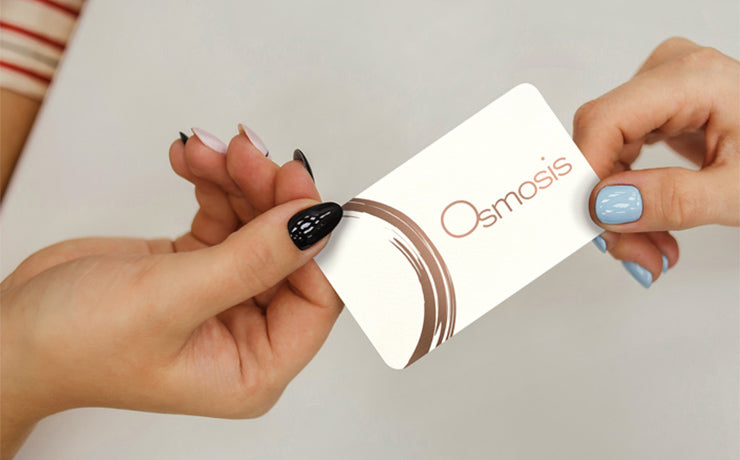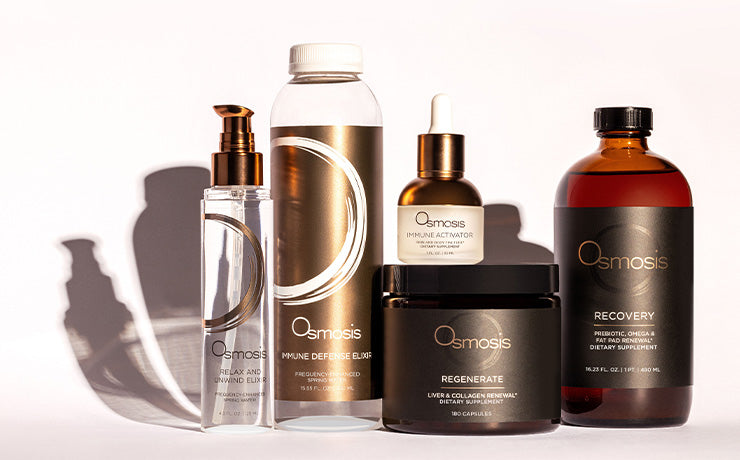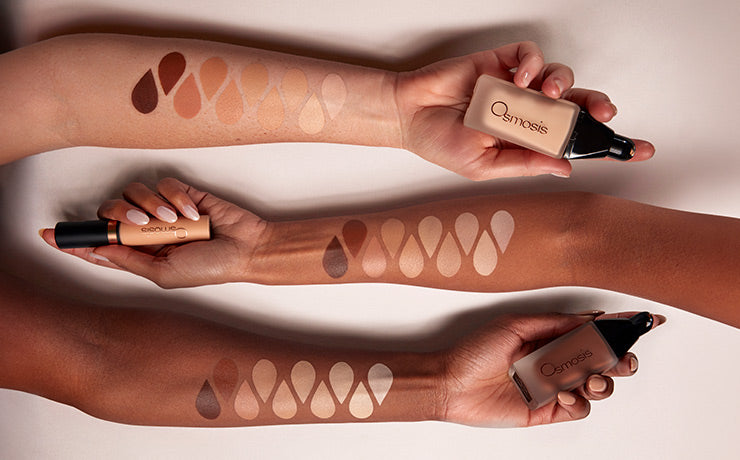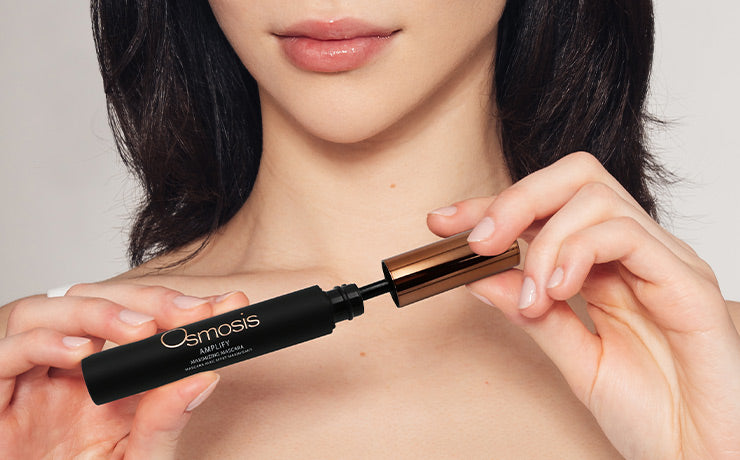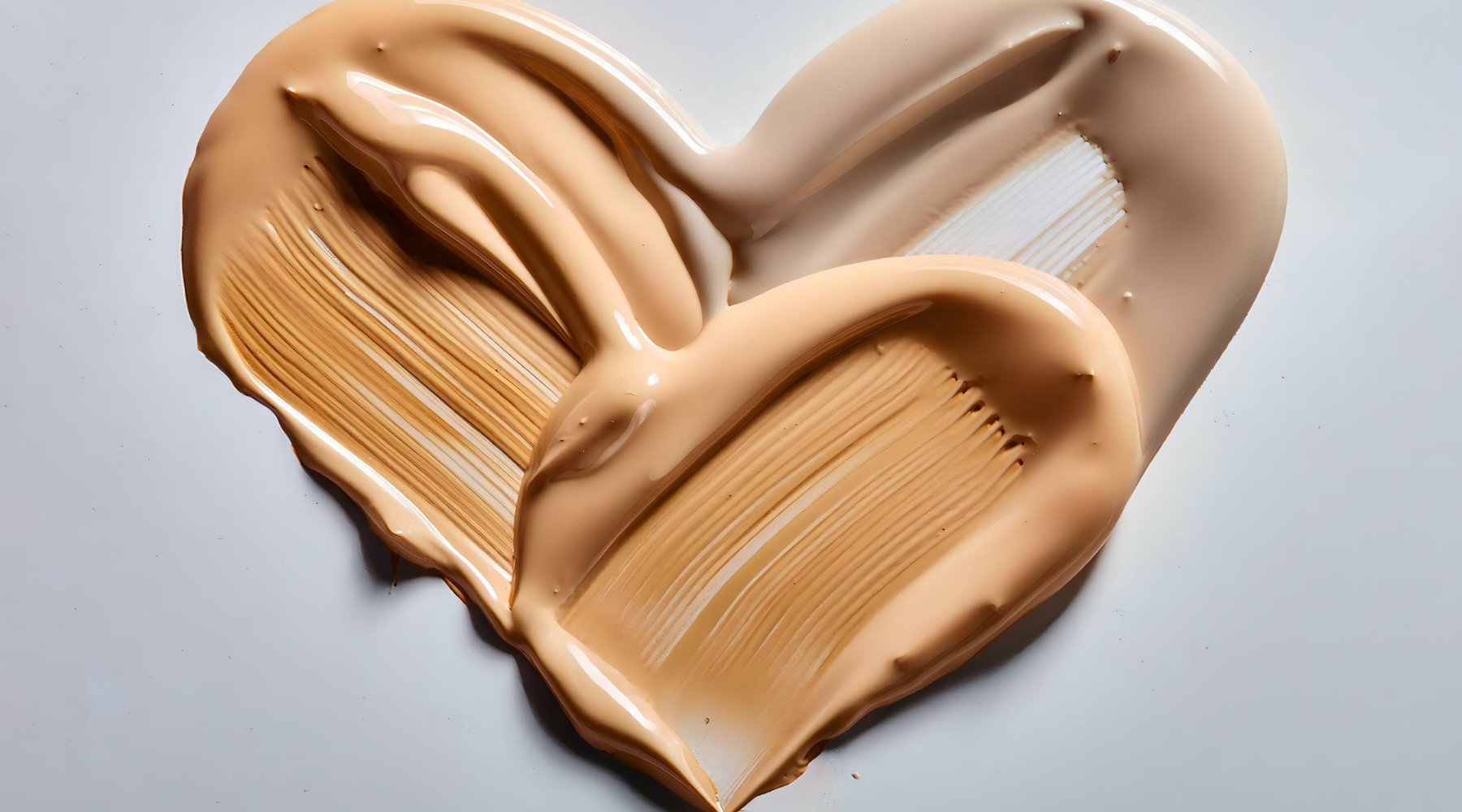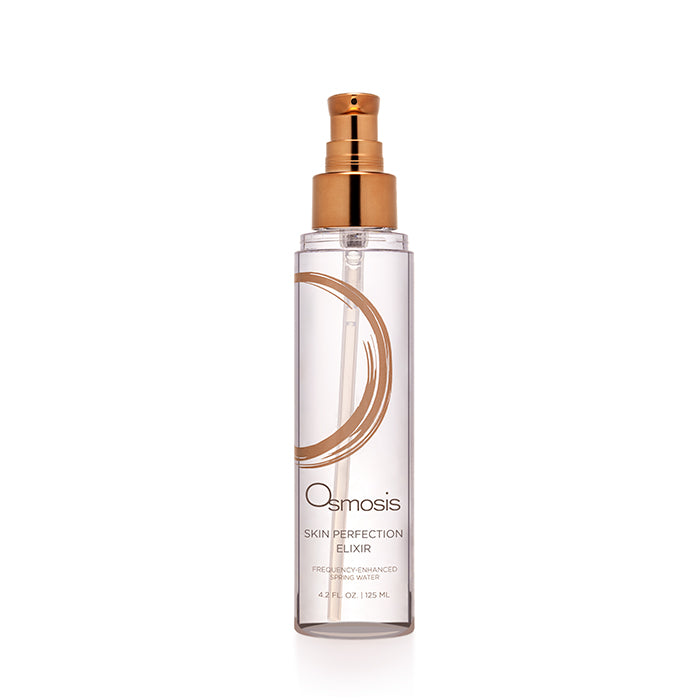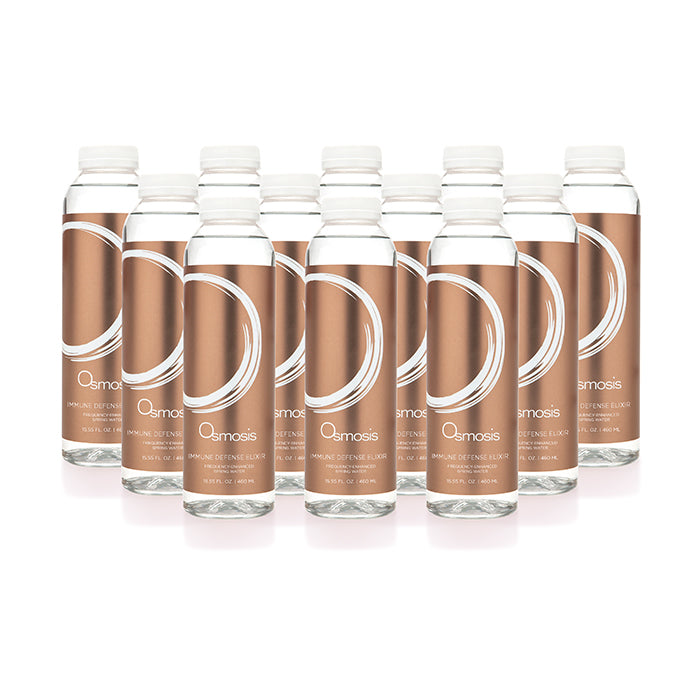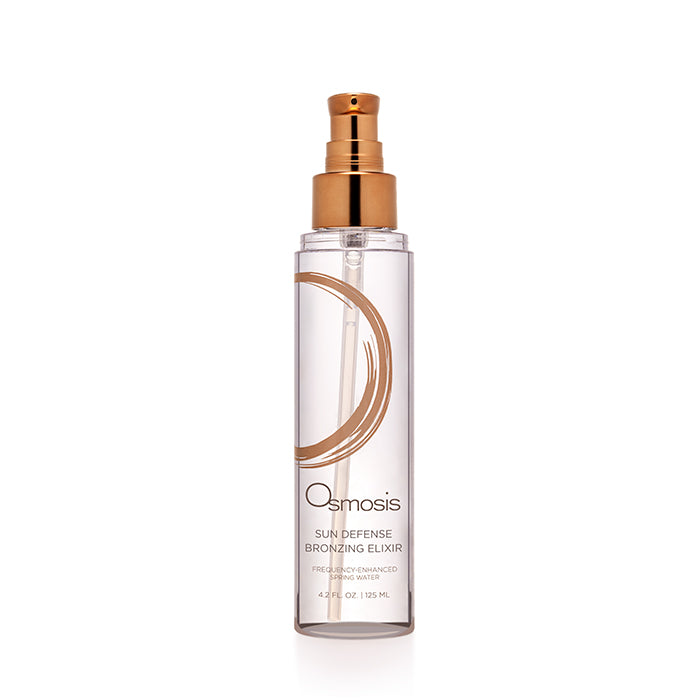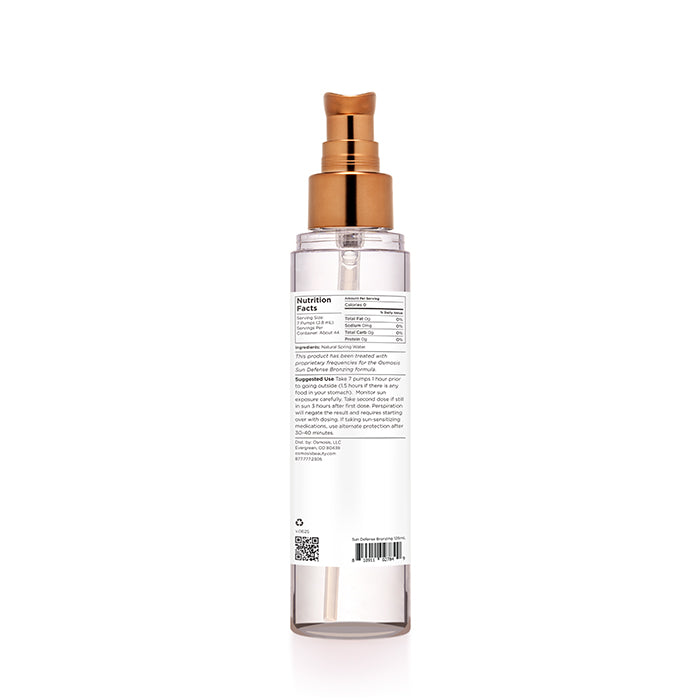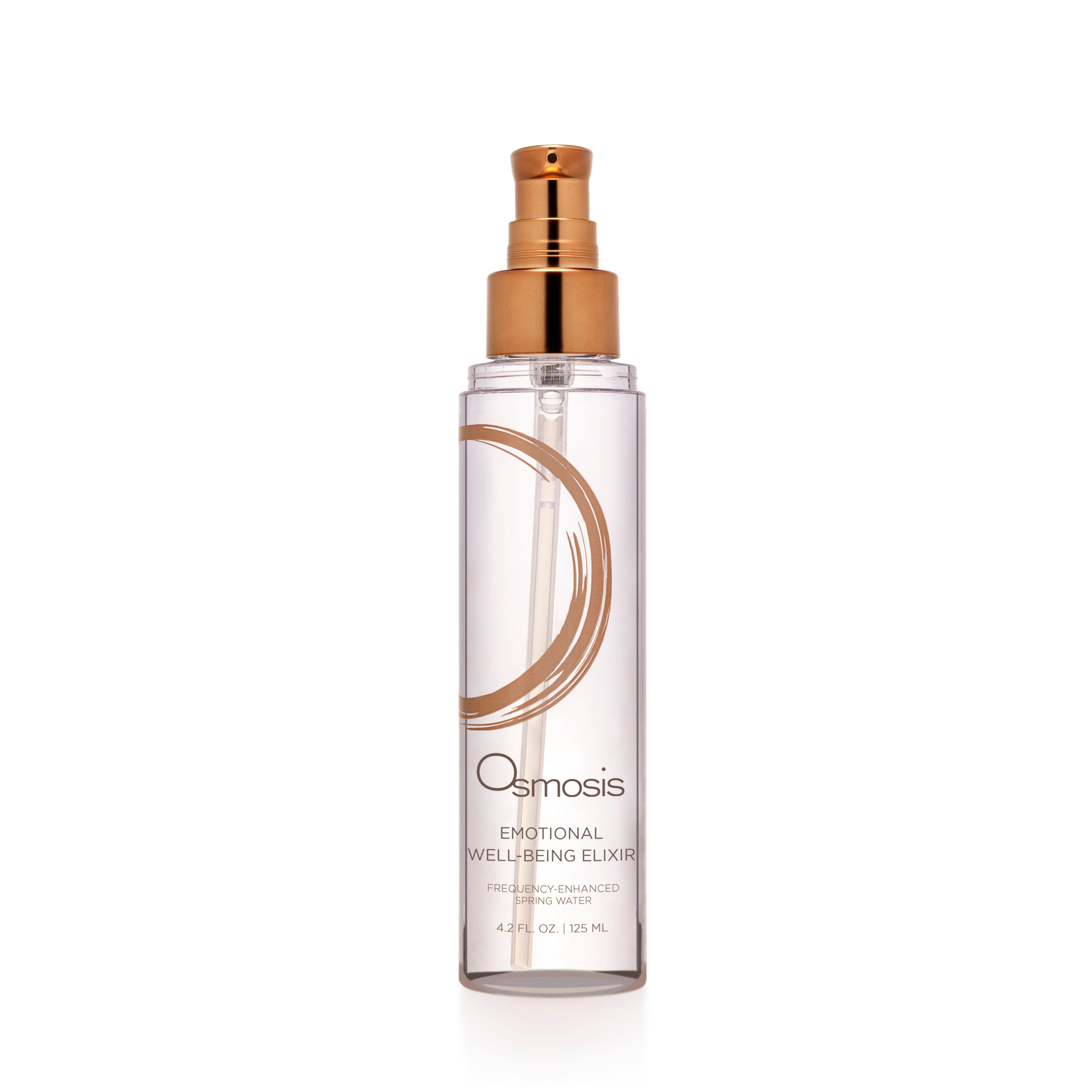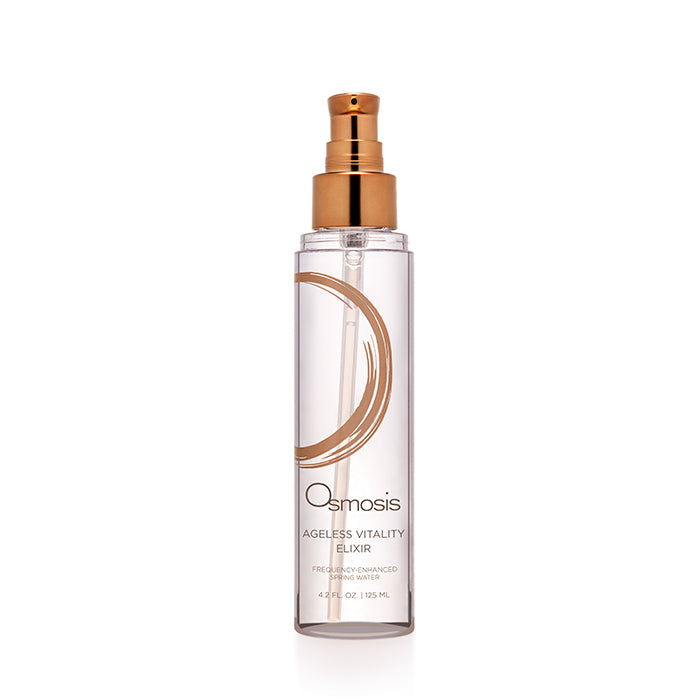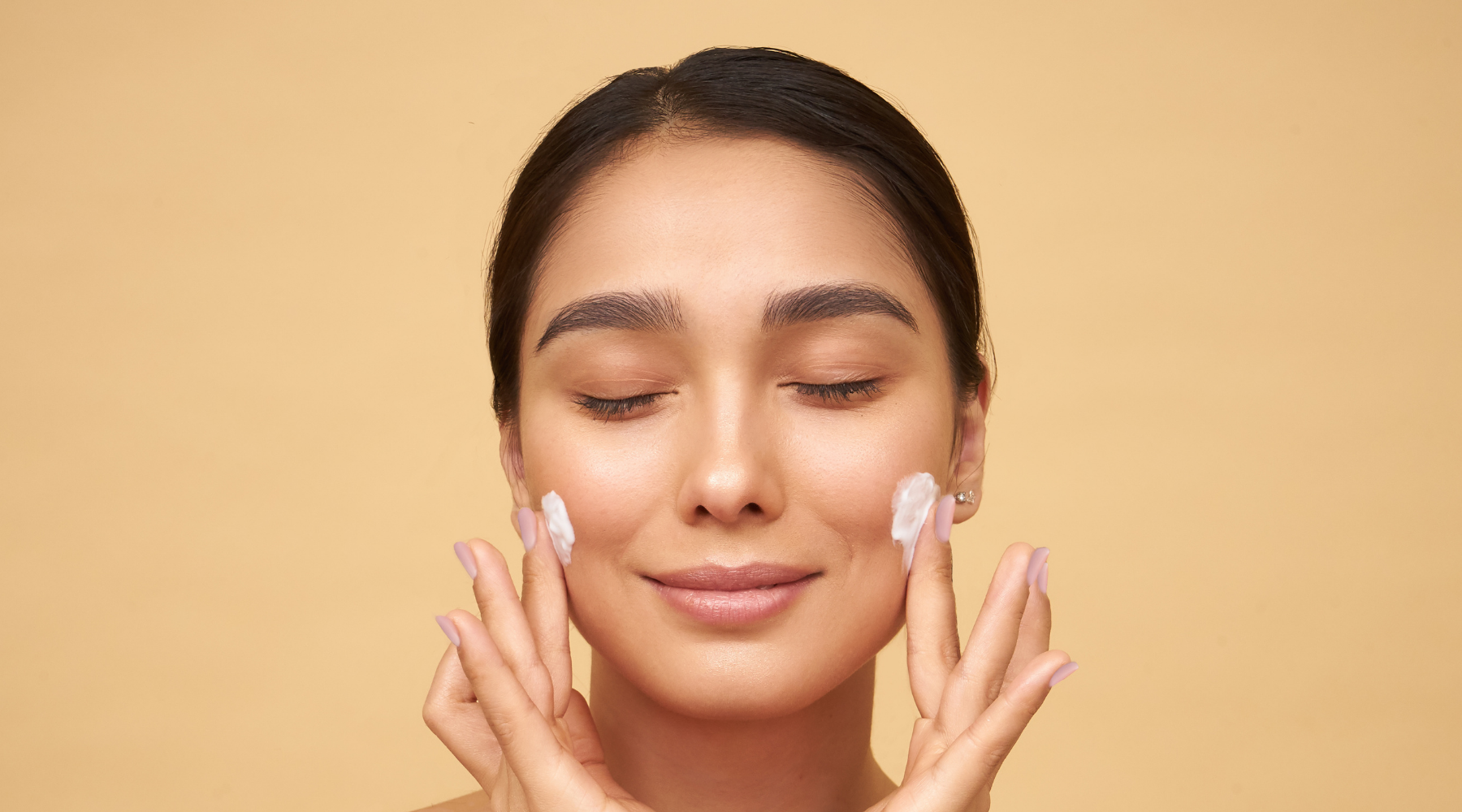
How Often Should You Exfoliate Sensitive Skin? A Gentle Skin Guide
If you have sensitive skin, the word “exfoliation” might bring to mind images of redness, irritation, and a complexion that feels anything but calm. It’s a common concern: you want the benefits of exfoliation—smoother-looking, more radiant skin—but you're terrified of a flare-up. So, the big question is: “How often should I exfoliate sensitive skin?” And perhaps more importantly, can it be done gently and effectively?
The Balancing Act of Exfoliating Sensitive Skin
Exfoliation removes dead skin cells from your skin’s surface. When done correctly, it offers great benefits—but for sensitive skin, the line between benefit and irritation is fine.
Sensitive Skin: Benefits vs. Risks
Why Exfoliate? Support Smoother-Looking Skin
Gentle exfoliation helps slough away dead skin cells that leave your complexion looking dull, flaky, or uneven. This process can also improve the absorption of your other skincare products, allowing them to work more effectively. The main mistake people make is using scrubs or harsh acids when gentle enzyme action is preferred—like with Osmosis’ exfoliating cleanser, Purify. The key is to avoid removing too many lipids from the skin, as that will further sensitize it. Acids and scrubs tend to dehydrate the skin.
Sensitive Skin Challenge: Avoiding Irritation
Sensitive skin has a lower tolerance to products and environmental factors. It often has a delicate skin barrier, making it prone to redness, itching, stinging, and dryness. Aggressive exfoliation can disrupt this barrier, leading to visible redness or discomfort—the very things you want to avoid.
“How Often?” – For Sensitive Skin
This is where the “less is more” philosophy truly shines for sensitive skin.
General Guidelines: Focus on Barrier Health
For most sensitive skin types, exfoliating once a week can be too much. Osmosis has found that sensitive skin often stems from nutritional deficiencies or inflammation in the body that weakens skin immunity. Some individuals with reactive skin may find that exfoliating once every 10 to 14 days is tolerable, but only with a comprehensive approach. Start with the lowest possible frequency and observe how your skin responds.
Factors & Frequency
The ideal frequency depends on several factors:
- The type of exfoliant: A very gentle enzyme cleanser used briefly will be tolerated differently than a leave-on acid product.
- Your skin's current condition: If your skin is irritated, dry, or especially reactive, skip exfoliation until it has calmed down. Osmosis’ patented Rescue is excellent for restoring barrier health and reducing sensitivity.
- The season/environment: You might tolerate exfoliation differently in humid summer months versus dry winter conditions.
Listening to Your Skin
This is the golden rule. Pay attention to how your skin looks and feels after exfoliating. Redness, stinging, tightness, or flaking are signs to reduce frequency or switch to a gentler method. Your skin will tell you what it can handle.
Why Enzyme Cleansers Can Be a Sensitive Skin Ally
One of the gentlest ways to exfoliate is through a cleanser that contains mild enzymes. For example, enzyme cleansers like Osmosis Purify use citrus enzymes and bromelain to lift away impurities. This provides mild, regular renewal without the intensity of a dedicated exfoliating treatment—an excellent option for sensitive skin.
Ingredients to Embrace and Avoid in Sensitive Skin Exfoliants
- Embrace: Soothing ingredients like aloe vera, chamomile, allantoin, glycerin, and hyaluronic acid to help buffer exfoliation and hydrate the skin.
- Avoid (or use with caution): High concentrations of alcohol, artificial fragrances, harsh sulfates, and abrasive particles.
The Art of Exfoliating Sensitive Skin: Best Practices
Technique matters just as much as the product itself.
Patch Testing
Before applying any new exfoliant to your entire face, always patch test. Apply a small amount to a discreet area (like behind your ear) and wait 24–48 hours to see if irritation occurs.
The “Less is More” Application Technique
Use a small amount of product and apply with gentle, circular motions if it’s a physical exfoliant, or spread thinly if it’s a chemical or enzyme type. Don’t scrub vigorously. For leave-on exfoliants, follow the product’s instructions carefully.
Post-Exfoliation Care
After exfoliating, follow up with a calming hydrating serum and a moisturizer to replenish and support your skin barrier. Osmosis Replenish, Rescue, and Nourish are excellent options. Sunscreen is also crucial the next day, as freshly exfoliated skin is more sun-sensitive.
Signs You Might Be Over-Exfoliating
Watch for these warning signs:
- Increased redness or irritation
- A tight or “shiny” look to the skin
- Dryness, flakiness, or peeling
- Increased sensitivity to products that normally don’t cause issues
- Visible blemishes
If you notice any of these, stop exfoliating immediately and focus on restoring your barrier with gentle, hydrating products.
Our Philosophy: Gentle Support for Radiant Skin
Many clients with sensitive skin are hesitant to exfoliate—and understandably so. At Osmosis, we guide them toward understanding that gentle exfoliation, done correctly and infrequently, can support smoother-looking skin without compromising health. It’s about using the right method and listening to your skin. Learn more about our holistic approach to skin health, which emphasizes working with the skin, not against it.
The prevalence of self-perceived sensitive skin is high. A 2019 report in Frontiers in Medicine found that it affects over 50% of women, making gentle skincare practices essential. (Source: “Sensitive Skin: A Complex Syndrome”)
Ultimately, exfoliating sensitive skin is a delicate dance. By starting slow, choosing gentle methods, paying attention to your skin’s signals, and prioritizing barrier health, you can achieve that smoother, radiant look—without the irritation.

